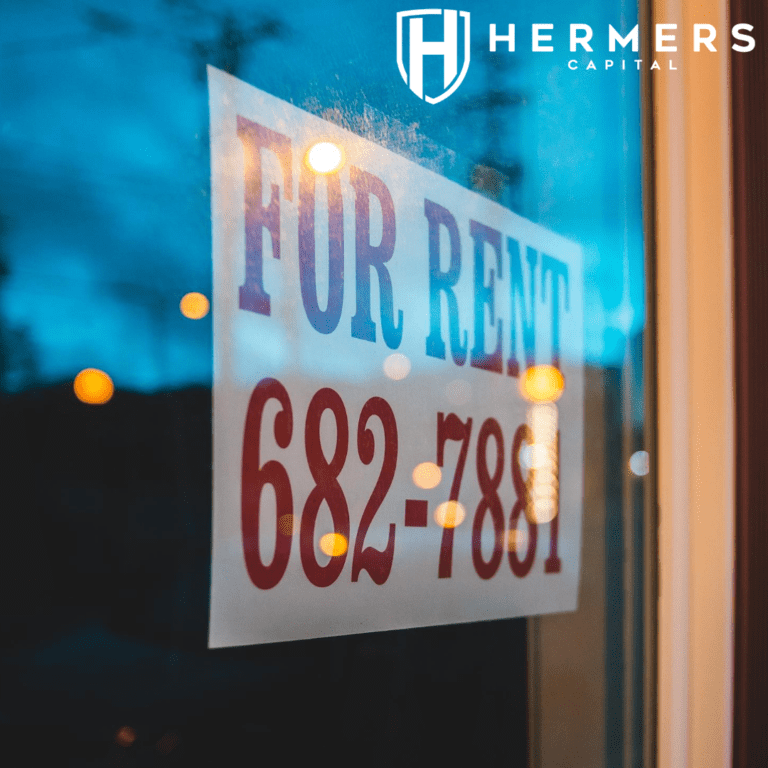
Typical real estate investment strategies
Short-term purchase and hold (STBH)
As the name suggests, small acquisitions and ownership typically entail acquiring assets with plans to retain them for a brief period of time, generally less than five years.
This strategy is often implemented with a malfunctioning or dilapidated property where the new owner comes in, repairs, reposition the building and tenants to improve the ongoing cash flow, and then sells it for profit.
It may or may not apply for conventional funding, depending on the quality of the house. Traditional lending is typically the cheapest credit open to most borrowers relative to private loans or hard money loans.
STBH may be ideal for medium-term asset creation. Such real estate assets are likely to have more volatile cash flow than long-term buy and retain (LTBH) properties. That is mostly because so much transition has to come too fast, i.e., move residents, update building/unit, transition property management.
All of these items will affect the net profits you produce. Both of these improvements need to continue to make the building recover. There is some risk involved due to the need to make a profit within a relatively short timeframe.
The shorter the time horizon in which repairs/changes are to be made, the more expensive it becomes. The owner is unable to pay for these changes from the rental profit. This means that the costs must come from an expensive construction loan, private money, or cash.
Suppose the repositioning of the building does not ultimately result in a projected sale price. In that case, the new owner may be in much hot water. Usually, this is just a matter of concern with a short time horizon.
Depending on how the property is sold, it may be subject to a long-term tax on capital gains. Still, you should consult a tax professional before making any tax-related decisions.
Fix and Flip
Fix and Flips typically include restoring a broken property and then selling it for income. I’m not going to go into any more depth here. Still, I realize that Repair and Flips are typically completed in a short time frame, which may be complicated and costly to receive money.
Long-Term Buy and Hold (LTBH)
Long-term buy-and-hold policy … It is the crème of la crème. This technique entails purchasing a rental property over a long period of time, usually 5-10 + years.
You should purchase realizing that you’re going to keep this property for a long time, and that time is on your hand. An owner will not need to make drastic improvements to the property immediately to increase the interest instantly.
When you spend over a long time period, the exposure is also hedged. This ensures that, even though you initially pay too much for the house, rentals will typically rise with time, and inflation will raise the value of the home, enabling you to make a profit eventually.
Don’t misread that to say that I’m endorsing the overpayment of property. The point here is to show that time can heal all wounds if you have a calculated plan. Buying a lousy deal and just waiting for things to turn around is a bad strategy.
When you decide to sell one of your properties after a long-term holding period, it is usually subject only to long-term capital gains tax.
Please contact a financial attorney before making any financial judgments, thus informing the IRS, “Well, Hermers says I will have to pay long-term capital gains tax,” which certainly won’t survive in court.
Benefits of Buying and Keeping
There are many drawbacks of owning and keeping real estate:
- Planning the Goal
- The Compound Impact of Analysis
- Government costs: Business incentives
- Easier time control
- Stable net profit
Let’s just take through of these down.
First of all, you should set long-term targets because you intend to own the investment property. Getting a long-term view allows owners to calm down, relax, and focus on developing their houses, if appropriate. There’s no time constraint because it’s for short-term purchasing and keeping.
Another fascinating trend is how the interest clusters, which are the true wealth producer of real estate, are priced. Imagine if you have a rental home worth $100,000 before you lease it. If homes in the city are priced at an average of 5%, the land would be worth $105,000 the next year. That property will be worth $207,892 in 15 years!
As mentioned above, owning a property for a long time does not create major taxable events (other than rental income taxes) until you decide to sell it.
If you want to sell, you will use a 1031 swap to delay the cost of capital gains tax by purchasing some kind of land to benefit from the selling of the first house. Just know that 1031 comes with extremely strict requirements and guidelines to be followed.
Another tax advantage of long-term ownership comes in the form of a long-term depreciation of the asset (amortization of residential property is typically 27.5 years) to minimize the taxes you owe. Besides, from a logistical point of view, the longer you own a property, the easier it becomes to manage. You will have a better understanding of the market and a team in place to help with repairs.
Ultimately, one of the most significant rewards to long-term real estate investment is that it contributes to the balance sheet’s positive net income. Banks and lenders love to see that the owner has owned a piece of property for many years and will usually feel more comfortable lending on that property. As the house starts to grow, so does the net worth.
Which kinds of property are making significant acquisitions and keeping investments?
The response to this question is simply something!
It is one of the key reasons that I enjoy purchasing and managing an investing policy. I have never sold any of my investment assets, and I don’t intend to do so anytime soon.
The first single-family rental (SFR) that I bought is a long-term investment. The first duplex I purchased is a long-term purchase and hold. The first triplex I bought is a long-term purchase and maintenance. The first 8-plex I bought is a long-term buy and kept. You’re getting the idea.
Another of my investment criteria is that I’m never going to buy a property that doesn’t flow in cash. If the property doesn’t pay on day one, if it’s not run yet, it can pay flow — that’s what keeps me very happy. This is where you’re going to get to the “value-add” territory.
When you will buy a property and bring value to it over time ( i.e., raise rentals, rehabilitate it to upgrade facilities, reduce running costs, etc.), you can typically reap benefits in the form of improved cash income and enhanced selling value at refinancing or period of sale.
Factors should be known as a Buy and Keep Buyer
There are a few main things to consider:
- Age of Building
- Conditions in industrial business
- Lifespan Team
- Definition of deals
You should always look at the age of the building. If the building is already ancient, you need to look at the remaining usable life of the building components, such as mechanics (HVAC, boilers, water heaters), roofs, windows, etc.
It is essential to determine the local market and its outlook. For, e.g., do you think this business would still be important in more than ten years? The local considerations to be addressed are demographic increase, work inflation, wage/wage growth, and the variety of employers.
Remember the current lifetime of the squad you are utilizing. For example, is your property manager planning to retire for the next two to three years? Was the accountant preparing to quit the business over the next five years?
I also want my team to develop with me, particularly with long-term buy-and-hold investment. If I have to start from scratch and build a new outfit every couple of years, the attraction of long-term buy and hold starts to lose its appeal.
A couple of years ago, I started investing in a new market and had to start from square one and develop my team. I find a broker I tapped on. I then found a property management company that was able to meet my needs.
Next, I found a local lender willing to work with me. Eventually, I see a Rock Star insurance company. Today, if a new opportunity comes to my route, I’m sending an email that involves everybody on the team, and we’re off to the races.
One of the aspects that customers enjoy about Roofstock is that they’ve done all the legwork for the Buyer to build a squad. When you buy from Roofstock, you already have a reputable network of experts at your fingertips. You don’t have to search to locate your seller, developer, or property manager.
The last critical factor in evaluating is the number of deals available in the areas you are considering. I want to spend over long term horizons. When I look at various real estate markets, I prefer those in which there are a ton of opportunities to purchase. I want my process to be repeatable when it comes to the acquisition deal.
When you delete something from this post, there will be other options to create wealth and make money from real estate.
The most suitable investment strategy for you depends on your financial situation, risk tolerance, project willingness, and time horizons.
However, I believe that the safer and safer way to generate generational richness is to buy and keep for the longer term.



